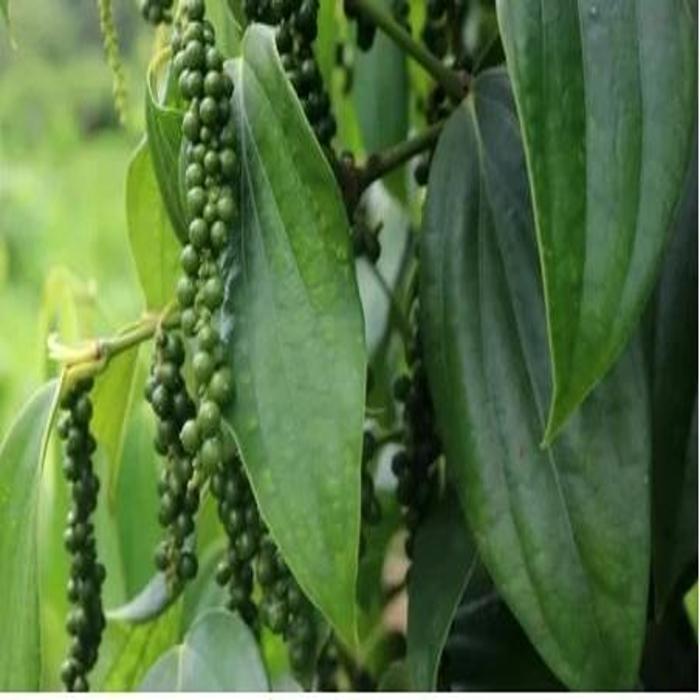Piper Nigrum ( Kali Mirch ) Plant

SHIPPING IS FREE
Piper nigrum, commonly known as black pepper, is a tropical plant that is cultivated for its fruits
In stock
- SKU
- Piper Nigrum ( Kali Mirch ) Plant
₹299.00
- Buy 2 for ₹275.00 each and save 8%
- Buy 4 for ₹249.00 each and save 17%
Description
Piper nigrum, commonly known as black pepper, is a tropical plant that is cultivated for its fruits, which are dried to produce black pepper. Here are five care tips for growing a healthy Piper nigrum plant:
-
Climate and Location:
- Piper nigrum thrives in a tropical climate with warm temperatures and high humidity. It requires a temperature range of 75-85°F (24-29°C).
- Choose a location with partial shade, as these plants naturally grow under the canopy of larger trees in their native habitat. Avoid direct sunlight, especially during the hottest parts of the day.
-
Soil and Potting Mix:
- Use well-draining, fertile soil with a slightly acidic to neutral pH (5.5-7.0). A mix of equal parts of potting soil, perlite, and organic matter like compost works well.
- Ensure the pot or planting area has good drainage to prevent waterlogged roots, as this plant does not tolerate waterlogged conditions.
-
Watering:
- Keep the soil consistently moist but not waterlogged. Allow the top inch (2.5 cm) of soil to dry out between watering.
- Use lukewarm water to mimic the plant's native conditions. Avoid overwatering, as this can lead to root rot.
-
Fertilization:
- Fertilize the plant during the growing season (spring and summer) with a balanced, water-soluble fertilizer every 4-6 weeks. Reduce or stop fertilizing in the fall and winter when the plant is not actively growing.
- Incorporate organic matter into the soil or use a slow-release fertilizer to provide a steady supply of nutrients.
-
Pruning and Support:
- Provide a support structure such as a stake or trellis for the plant to climb. Black pepper vines can grow quite tall and benefit from support.
- Prune the plant regularly to control its size and encourage bushier growth. Pinch off the tips of the vines to promote branching.
Reviews
Write Your Own Review
